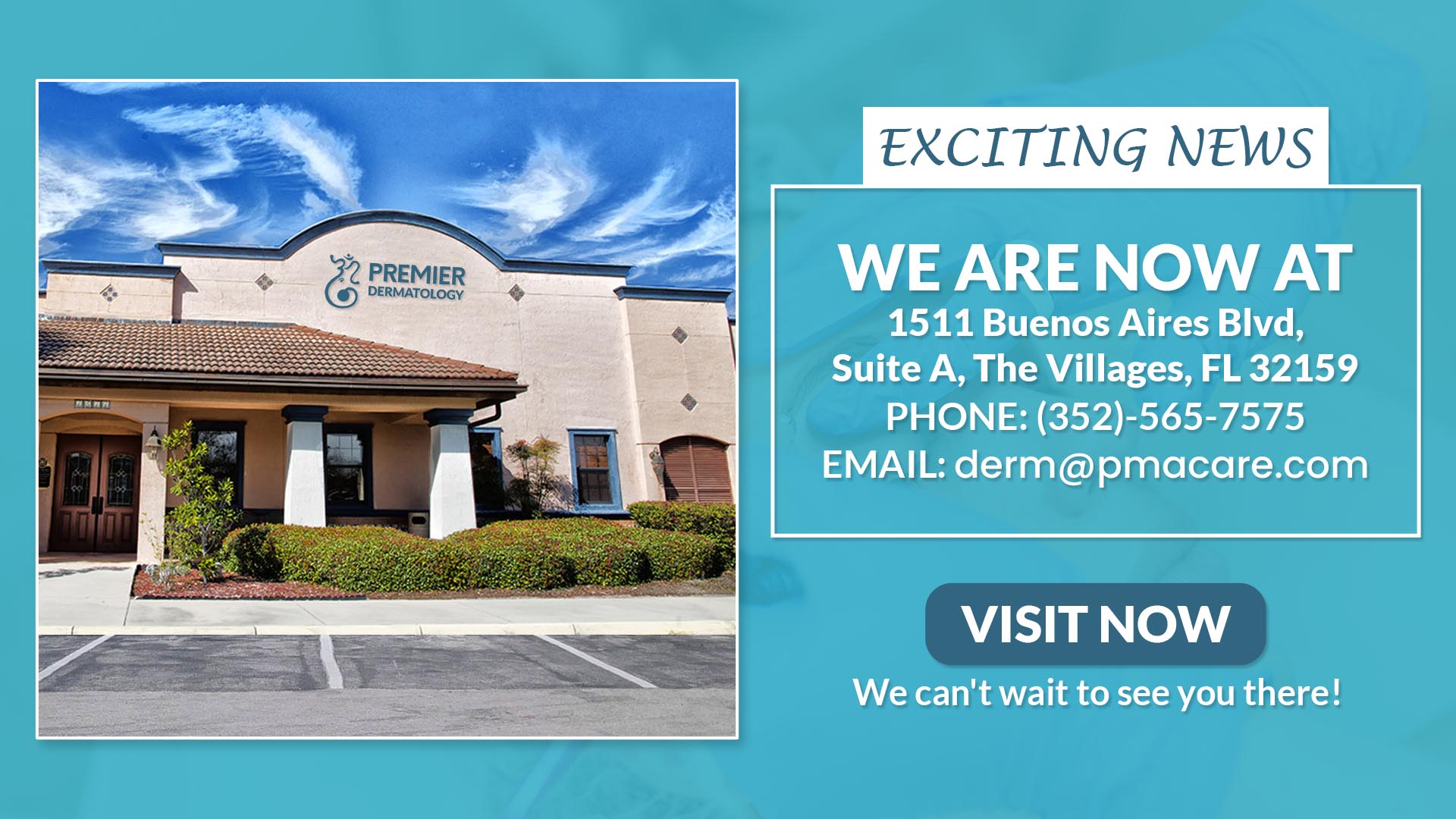Basal cell carcinoma (BCC) is the most common form of skin cancer, accounting for a significant number of skin cancer cases worldwide. Among its various subtypes, nodular BCC stands out as a prevalent and potentially serious form.
Nodular basal cell carcinoma is characterized by its distinct nodular appearance and potential to grow large if left untreated. Understanding the causes, symptoms, and treatment options for nodular BCC is crucial for effective management and prevention of complications.
As the incidence of skin cancer continues to rise, awareness and education about basal cell carcinoma and its subtypes become increasingly important. This comprehensive guide aims to provide valuable insights into nodular BCC, empowering individuals to take proactive steps towards skin health.
Key Takeaways
- Understanding the causes and risk factors associated with nodular basal cell carcinoma.
- Recognizing the symptoms and characteristics of nodular BCC.
- Exploring treatment options and management strategies for basal cell carcinoma.
- The importance of early detection and prevention in managing skin cancer.
- Empowering individuals with knowledge to take proactive steps towards skin health.
What is Nodular BCC?
Nodular BCC, a prevalent form of skin cancer, requires a comprehensive understanding for proper diagnosis and treatment. This section aims to provide an in-depth look at what nodular BCC is, its classification, and how it compares to other types of basal cell carcinoma.
Definition and Classification
Nodular basal cell carcinoma is characterized by its appearance as a round, raised, pink or pearly white lump. It is the most common subtype of BCC, accounting for a significant proportion of all BCC cases. Classification of BCC into subtypes like nodular, superficial, and morpheaform helps in understanding the prognosis and choosing the appropriate treatment.
How Common is Nodular Basal Cell Carcinoma?
Nodular BCC is the most common form of basal cell carcinoma, making up about 60-80% of all BCC diagnoses. Its high prevalence underscores the importance of awareness and early detection.
Comparison to Other BCC Types
Compared to other subtypes of BCC, nodular BCC tends to grow more rapidly. The following table summarizes the key differences between nodular BCC and other common types of BCC:
| BCC Type | Appearance | Growth Rate |
|---|---|---|
| Nodular BCC | Round, raised, pink or pearly white lump | Moderate to Fast |
| Superficial BCC | Flat, reddish patch | Slow |
| Morpheaform BCC | Sclerotic, yellowish plaque | Slow |
By understanding the definition, prevalence, and characteristics of nodular BCC, individuals can better identify the signs and seek appropriate medical care.
Causes and Risk Factors of Nodular Basal Cell Carcinoma
The development of Nodular BCC is attributed to several key risk factors, including exposure to UV radiation and genetic predisposition. Understanding these factors is essential for both prevention and treatment.
UV Radiation Exposure
UV radiation from the sun or artificial sources like tanning beds is a major risk factor for developing Nodular BCC. Prolonged exposure to UV radiation damages the skin’s DNA, leading to cancerous mutations. As noted by a leading dermatologist, “UV exposure is the most preventable risk factor for skin cancer, making sun protection crucial.”
Genetic Predisposition
Individuals with a family history of skin cancer or certain genetic conditions, such as Basal Cell Nevus Syndrome, are more susceptible to Nodular BCC. Genetic predisposition plays a significant role in determining an individual’s risk.
Environmental Factors
Exposure to certain environmental factors, including radiation therapy and chemicals like arsenic, can increase the risk of developing Nodular BCC. Awareness of these risks can help in early detection.
Immunosuppression
People with weakened immune systems, such as organ transplant recipients, are at a higher risk of developing Nodular BCC.
“Immunosuppression significantly increases the risk of skin cancers, including Nodular BCC,” according to a study on immunosuppression and skin cancer.
Managing immunosuppression and monitoring skin health are critical for these individuals.
Recognizing the Signs and Symptoms of Nodular BCC
Recognizing the signs and symptoms of nodular basal cell carcinoma is vital for effective treatment. Nodular BCC often manifests as a distinct skin lesion that can be identified through its characteristic appearance and growth patterns.
Characteristic Appearance
Nodular basal cell carcinoma typically appears as a pink or pearly white lump on sun-exposed areas of the body. It is often firm to the touch and may have visible blood vessels on its surface.
Common Locations on the Body
Nodular BCCs are most commonly found on areas frequently exposed to the sun, such as:
- The face, particularly the nose, forehead, and cheeks
- The ears
- The neck
- The scalp
Evolution and Growth Patterns
Initially, nodular BCC may appear as a small, harmless-looking bump. Over time, it can grow larger and may:
- Become more raised or dome-shaped
- Develop a depression or ulceration in the center
- Bleed or ooze
Warning Signs That Shouldn’t Be Ignored
It’s crucial to be aware of the following warning signs that may indicate nodular BCC:
- A persistent, painless lump or bump
- A lesion that bleeds, crusts, or scabs repeatedly
- A growth that changes in size, shape, or color over time
Early detection of nodular BCC significantly improves treatment outcomes. If you notice any unusual skin changes, consult a dermatologist promptly.
Diagnosis Methods for Nodular BCC
Nodular Basal Cell Carcinoma diagnosis requires a thorough approach, including clinical assessment, dermoscopy, and biopsy procedures. Accurate diagnosis is crucial for effective treatment planning.
Clinical Examination Techniques
A thorough clinical examination is the first step in diagnosing nodular BCC. This involves visually inspecting the lesion and assessing its characteristics, such as size, shape, color, and texture. Healthcare professionals also evaluate the lesion’s symptoms and the patient’s medical history.
Dermoscopy and Imaging
Dermoscopy is a non-invasive technique that enhances the visualization of skin structures. It allows for a more detailed examination of the lesion, helping to identify features characteristic of nodular BCC, such as arborizing vessels and a pink to red color. Recent studies have highlighted the importance of dermoscopy in improving diagnostic accuracy for skin cancers, including BCC.
Biopsy Procedures
A biopsy is the definitive diagnostic method for nodular BCC. It involves removing a sample of tissue from the lesion for histopathological examination. There are different biopsy techniques, including shave biopsy, punch biopsy, and excisional biopsy, each with its own indications depending on the lesion’s characteristics.
Differential Diagnosis
Differential diagnosis is critical in distinguishing nodular BCC from other skin lesions that may have similar appearances. This process involves considering alternative diagnoses and ruling them out through clinical evaluation and diagnostic tests.
| Diagnostic Method | Description | Advantages |
|---|---|---|
| Clinical Examination | Visual inspection and assessment of the lesion | Non-invasive, initial assessment |
| Dermoscopy | Enhanced visualization of skin structures | Improved diagnostic accuracy, non-invasive |
| Biopsy | Histopathological examination of tissue sample | Definitive diagnosis |
Treatment Options for Nodular BCC
Effective management of nodular BCC requires understanding the various treatment modalities available. The choice of treatment depends on several factors, including the tumor’s size, location, and depth, as well as the patient’s overall health and preferences.
Surgical Approaches
Surgical treatments are often the first line of defense against nodular BCC. These methods aim to remove the tumor completely, minimizing the risk of recurrence.
Mohs Micrographic Surgery
Mohs surgery is a highly effective technique that involves removing the tumor layer by layer, examining each layer under a microscope until no cancer cells are detected. This method offers a high cure rate and is particularly useful for tumors in cosmetically sensitive areas or those with aggressive features.
Standard Excision
Standard excision involves surgically removing the tumor along with a margin of healthy tissue around it. This method is straightforward and effective for many cases of nodular BCC.
Curettage and Electrodesiccation
Curettage and electrodesiccation is a procedure where the tumor is scraped out with a curette, and the area is then treated with an electric current to destroy any remaining cancer cells. This method is less invasive but may have a higher recurrence rate compared to Mohs surgery or standard excision.
Non-Surgical Treatments
For patients who are not good candidates for surgery or prefer not to undergo surgical procedures, non-surgical treatments offer viable alternatives.
Radiation Therapy
Radiation therapy uses high-energy rays to kill cancer cells. It is particularly useful for treating tumors in areas where surgery might be disfiguring or for patients who cannot undergo surgery. For more information on the effectiveness of radiation therapy in treating skin cancer, you can visit this resource.
Topical Medications
Topical treatments, such as imiquimod cream or 5-fluorouracil, can be applied directly to the skin to treat superficial BCCs. These treatments work by stimulating the immune system to fight cancer cells or by directly killing the cancer cells.
Photodynamic Therapy
Photodynamic therapy involves applying a light-sensitive medication to the affected area, followed by exposure to a specific wavelength of light that activates the medication, killing the cancer cells.
| Treatment Method | Description | Advantages |
|---|---|---|
| Mohs Micrographic Surgery | Layer-by-layer removal and examination of the tumor | High cure rate, tissue sparing |
| Standard Excision | Surgical removal with a margin of healthy tissue | Effective, straightforward |
| Radiation Therapy | High-energy rays to kill cancer cells | Non-invasive, suitable for sensitive areas |
Recovery and Post-Treatment Care
Effective recovery from Nodular Basal Cell Carcinoma treatment hinges on proper wound care and follow-up appointments. After undergoing treatment, patients must be vigilant about their recovery process to ensure the best possible outcome.
Wound Healing Process
The wound healing process is a critical aspect of recovery. It involves several stages, including inflammation, proliferation, and remodeling. Keeping the wound clean and dry, and following the doctor’s instructions for wound care, can significantly impact the healing process.
Proper wound care not only promotes healing but also reduces the risk of infection and other complications.
Managing Side Effects
Managing side effects is another crucial aspect of post-treatment care. Common side effects include pain, swelling, and redness at the treatment site. Patients can manage these side effects through medication, cold compresses, and rest.
“Pain management is a key component of post-treatment care. By following the prescribed pain management plan, patients can minimize discomfort and facilitate a smoother recovery.”
Follow-up Schedule
A follow-up schedule is essential for monitoring the healing process and checking for any signs of recurrence. The frequency of follow-up appointments may vary depending on the treatment method and the individual’s overall health.
- Follow-up appointments are typically scheduled at regular intervals, such as every few months.
- During these appointments, the doctor will examine the treated area and check for any signs of complications.
Monitoring for Recurrence
Monitoring for recurrence is a lifelong process. Patients should be aware of the signs of recurrence, such as new lesions or changes in the treated area, and report them to their doctor immediately.
| Signs of Recurrence | Action to Take |
|---|---|
| New lesions or growths | Consult a doctor immediately |
| Changes in the treated area | Report to the doctor |
By understanding the recovery process and adhering to post-treatment care instructions, patients can minimize the risk of complications and ensure the best possible outcome.
Complications and Prognosis of Nodular BCC
The prognosis for Nodular BCC is generally favorable, but certain complications can arise that impact patient outcomes. Understanding these potential issues is crucial for effective management and care.
Potential Complications
Nodular Basal Cell Carcinoma can lead to several complications, including local destruction of tissue, potential disfigurement, and, in rare cases, metastasis. Early detection and treatment are key to minimizing these risks.
Recurrence Rates
The recurrence rate for Nodular BCC varies depending on the treatment method. Generally, surgical excision has a lower recurrence rate compared to other treatments. Regular follow-up is essential to monitor for recurrence.
Long-term Outlook
The long-term outlook for patients with Nodular BCC is generally good, especially when the cancer is diagnosed and treated early. However, the presence of other health issues can affect overall prognosis.
Impact on Quality of Life
Nodular BCC and its treatment can have a significant impact on a patient’s quality of life, affecting both physical and emotional well-being. Supportive care and counseling can help mitigate these effects, improving overall patient outcomes.
Prevention Strategies for Skin Cancer
Effective skin cancer prevention involves a comprehensive approach that includes sun protection methods, regular skin self-examinations, and professional screenings. By adopting these strategies, individuals can significantly reduce their risk of developing skin cancer.
Sun Protection Methods
One of the most critical aspects of skin cancer prevention is protecting the skin from harmful UV radiation. This can be achieved through various methods, including:
- Using broad-spectrum sunscreen with a high SPF
- Wearing protective clothing, such as hats and long-sleeved shirts
- Seeking shade, especially during peak sun hours
UV radiation is a known risk factor for skin cancer, and minimizing exposure is key to prevention.
Regular Skin Self-Examinations
Regular skin self-examinations are crucial for early detection of skin cancer. Individuals should:
- Examine their skin monthly, looking for new or changing lesions
- Use a mirror to check hard-to-see areas
- Take note of any suspicious changes and consult a dermatologist
Professional Skin Screenings
Professional skin screenings by a dermatologist are an essential component of skin cancer prevention. These screenings can help identify skin cancers at an early stage when they are more treatable.
According to the American Academy of Dermatology, regular skin checks can significantly reduce the risk of skin cancer mortality.
Lifestyle Modifications
In addition to sun protection and regular skin examinations, certain lifestyle modifications can help reduce the risk of skin cancer. These include:
| Lifestyle Change | Benefit |
|---|---|
| Avoiding tanning beds | Reduces UV radiation exposure |
| Maintaining a healthy diet rich in fruits and vegetables | Supports overall skin health |
| Not smoking | Reduces overall cancer risk |
By incorporating these prevention strategies into daily life, individuals can significantly reduce their risk of skin cancer.
“Prevention is the best medicine, especially when it comes to skin cancer. By being proactive and taking steps to protect your skin, you can reduce your risk and enjoy healthier skin for years to come.”
When to See a Doctor About Suspicious Skin Lesions
If you’ve noticed a new or changing skin lesion, it’s essential to know when to seek medical attention. Skin lesions can be benign, but certain characteristics may indicate a need for medical evaluation.
Early Warning Signs
Be aware of changes in your skin lesions, such as alterations in size, shape, color, or texture. These changes can be indicative of potential issues that require medical attention.
- Changes in size or shape
- Variations in color
- Symptoms like itching or bleeding
ABCDE Rule for Skin Lesions
The ABCDE rule is a helpful guide for evaluating skin lesions. It stands for Asymmetry, Border, Color, Diameter, and Evolving.
- A: Asymmetry – If the lesion is not symmetrical
- B: Border – If the edges are irregular, ragged, or blurred
- C: Color – If the color is not uniform and includes shades of brown, black, or even patches of red, white, or blue
- D: Diameter – If the lesion is larger than 6mm in diameter
- E: Evolving – If the lesion is changing in size, shape, or color
Finding a Dermatologist
If you’re concerned about a skin lesion, finding a dermatologist is the next step. You can ask for referrals from your primary care physician or check professional directories.
What to Expect at Your Appointment
During your visit, the dermatologist will examine the lesion, possibly using dermoscopy for a more detailed view. They may perform a biopsy if necessary. Be prepared to discuss your medical history and any symptoms you’ve experienced.
Conclusion
Nodular basal cell carcinoma is a common type of skin cancer that requires prompt attention and treatment. A summary of nodular BCC highlights the need for awareness about its causes, symptoms, diagnosis, and treatment options.
Understanding the importance of awareness is crucial in detecting nodular BCC at an early stage, which significantly improves treatment outcomes. By being informed about the risk factors, signs, and symptoms, individuals can take proactive steps to protect their skin health.
Early detection and treatment can prevent complications and improve the quality of life. It is essential to be vigilant about skin changes and consult a dermatologist if any suspicious lesions are noticed. By promoting awareness about nodular BCC, we can work towards reducing the incidence of this skin cancer and improving patient outcomes.


